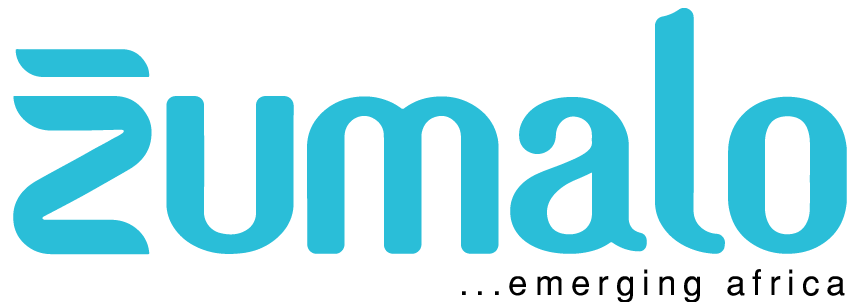What You Should Know About Hashtags
When you think Hashtag, what comes to mind?
Over the years, it has become an extremely important tool that brands (Individuals & Organisations) need to navigate on Twitter, Instagram, Facebook etc. Wikipedia describes hashtags as a type of metadata used on social networks such as Twitter and other microblogging services to apply dynamic, user-generated tagging which makes it possible for others to easily find with a specific theme or content.
In simple terms, it can be described as a grouping of conversations using a consistent or already established wordmark with the hashtag symbol. What purpose do they serve? How compulsory is it during campaigns or posts? Are there keywords that you should be conversant with? These are some of some of the questions people ask about the use of hashtags on social media.
More about the tags…
It is a label that helps to make it easier to find posts or information with a theme or specific content. A hashtag is created by including the symbol “#” in front of a word or words without spaces. Although popularized on Twitter, it has also become a dominant system on Instagram, Facebook, Pinterest, LinkedIn and a host of other social networks.
One of the biggest mistakes I made when I first created a Twitter account was not using or understanding how to explore hashtags. If you scroll through your Twitter list, look at Instagram pictures or certain articles on the internet, you see that some words are being hashed. It is simple and anyone can create a hashtag (I’ve created numerous hashtags over the years, which is something you can try), all you need to do is to create or leverage a popular and relevant hashtag and see how it aligns to your messages. Usually, you add it to the end of messages but you can sometimes add the details in areas that are more contextually relevant as long as it’s readable.
You are not required to register a hashtag anywhere. There are some hashtag directories around, but they unofficial, outdated and usually not worth the trouble.
A Good Hashtag; an industry-related hashtag will help you reach your target audience and connect you with your industry. Hashtags can be used to identify your products, services or communications.
Hashtags can be generalized or very specific. The best practice is to experiment and be consistent with your social media usage. The more you use a specific hashtag, the greater your chances are to grow an audience. If a certain hashtag isn’t working, be patient and give your hashtag time to catch on. Don’t change your hashtag every week. Consistency is key.
When creating a social media post, do not overuse hashtags. Posts should be concise, and using too many hashtags can make your message look cluttered and unprofessional. Including one to three hashtags per post is sufficient.
Important: Don’t forget to check your analytics. It’s crucial to know what’s working—or hurting—your social media campaign. You don’t want to continue using a hashtag that no one is following.
Once you hashtag a word on social media, people who are interested in thoughts or thoughts around it can see it. Sometimes this allows users who are not following you to see your tweets and content that you put out on various platforms. So to keep it simple, you can be only one hashtagged word away from possibly being seen by thousands, if not millions of people through social media.
Some people use hashtags for fun. Others use it to help brand their companies and to keep track of their brand through social media. And some businesses go viral off of hashtags and get nation-wide attention through a hashtag. Look for what’s trending and get involved with the conversation through a hashtag. I learn a lot when I search Twitter for a hashtag such as #socialmedia.

The Most Significant Thing about Hashtags are?
That they’re easy to use! Remember, hashtags not only help users find posts about specific content, they help you reach more people who are interested in what your content. Compose hashtags that fit your industry by using common industry-related terms.
A social cause…
Over the years, we have seen hashtags deployed for different socio-political causes, to drive attention or even mobilize people towards a common goal. The #EndSARS campaign in Nigeria was very instrumental in ushering in a much-needed reform to the police system in the country; it helped to galvanise support, report issues and development and engage relevant stakeholders on the way forward. Non-profits could also deploy this to mobilize engagement around their different causes.
“Mobilizing activists is part of the mission of many nonprofits. Whether they want to encourage people to contact their representatives, attend protests, or sign petitions, organizations have to think about what kinds of messages engage people and motivate them to act. Even nonprofits that don’t have activism as a core part of their work might still want to encourage people to participate in campaigns, share information related to the cause, and even fundraise”- Jen Ambrose in Fundraising, Nonprofit Management
I recall tweeting @ the #EndSARS leads like .@segalink that their advocacy must be SUSTAINED for IMPACT.
It is OBVIOUS that the .@PoliceNG FEEL NO COMPELLING PUSH to overthrow this OFFENSIVE REIGN of #CriminalPoliceBrutality visited frequently on Citizens.
But THEY MUST!
— Oby Ezekwesili (@obyezeks) June 9, 2018
Hashtags are the simplest way to organize the endless amount of information posted to social media so that you’re only seeing what you find relevant. Less is more when it comes to hashtags. Keep their use to three or fewer per post/tweet when you can, and when you find one that works, keep using it. What would you say has been your favourite/impactful hashtag campaign?




